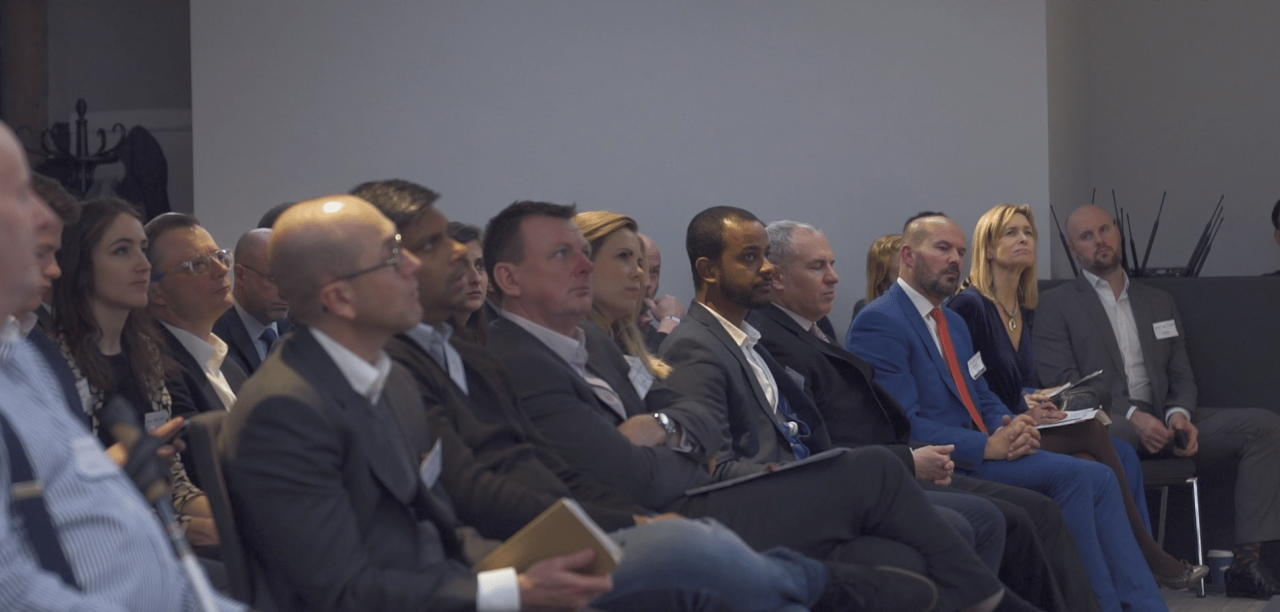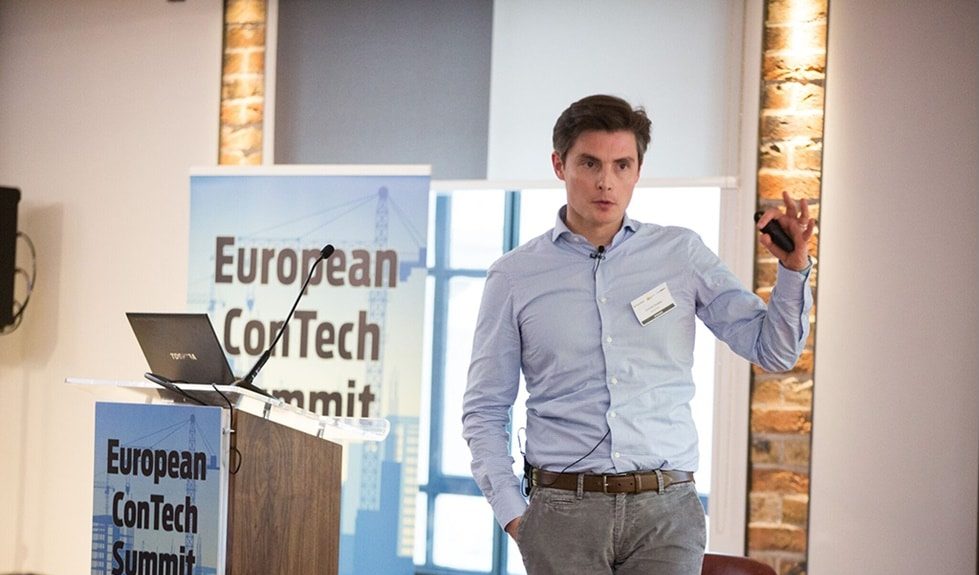As a continuation of our European ConTech Summit coverage, this time we dive into the insightful keynote speech of Thomas Goubau, CRO at LetsBuild.
In his presentation, Thomas Goubau referred to the importance of data for the digital transformation of the construction industry. The ConTech sector is expected to play a decisive role in this process but there is a number of steps that need to be taken in order to boost digital adoption.
Artificial intelligence and machine learning are also seen as an integral part of this paradigm shift. However, they can’t achieve much without the right data. So at the end of the day, everything comes back to these valuable pieces of information.
“Every project we scrap, everything that we have with data, we put it into a box and that’s it,“ highlights Mr. Goubau.
This is where the standardisation of the various project systems and processes comes into the picture. Thomas Goubau had already referred to the value of standardisation in last year’s European ConTech Summit:
‘There is one thing that construction companies absolutely need to do. They have to start standardising even before using technology. Otherwise, they just throw whatever technology they have out the window!’
It quickly becomes clear that stakeholders in construction should take into consideration many distinct parameters in order for their digital adoption journey to be successful.
“You need to find the right people who can convert what’s happening in the field, into something really digital,” concludes Thomas Goubau.
Digital technologies could reduce the cost of the construction process up to 45%
The CRO of LetsBuild referred also to the contribution that digital solutions could have in cutting the cost of the construction process. As reported by McKinsey and Company, the implementation of digital tools could result in a 45% reduction in cost in the building process.
“We need to find a way to get adoption from the people on site. And so what we need to explain to our customers is, this is really worth it. And it’s a couple of changes in a couple of things, but 45%, that’s important. This is a 45% reduction on overall project costs,” notices Thomas Goubau.
And he continues by underlining that companies should be actively involved in that process if they want to see such a groundbreaking result in their organisation. In a nutshell, here are some of the key elements for taking the most out of the implementation and use of digital tools in construction:
Organisational culture
Culture is constructed by the people of the organisation and in that sense, a company needs to invest both time and resources in putting together a team that will stay on top of the data and will take every decision based on what the numbers show.
“One of the questions we ask regularly is, “Do you have somebody who’s really in charge of data? Somebody who’s really thinking about how you structure your data within the company.”
This goes to show that digital technologies can really change the way people in construction work and collaborate but they are not a cure on their own. Data professionals, tech and infrastructure engineers, process developers and “translators” between users and technology are some of the most crucial components of this demanding transformation process.
That being said, it easily becomes apparent that the solution lies in combining the right framework with the right team. Like that, an organisation can build a data-driven working culture.
Solid talent management
Attracting and retaining talent in the ConTech sector is another issue of critical importance that needs to be addressed. It is no secret that the construction industry is battling against a serious skills shortage at the moment.

For that reason, it is of paramount importance that the stakeholders in the sector become better in sharing their story and vision with the young and tech-savvy workforce that wants to make a difference in the world.
“We are about to change an industry. We have a strong story. And people, especially young people who are on a mission, they really want to change the world. And so they like this kind of story,” explains Thomas Goubau.
The presence of people who can translate field activity to data is vital as it can help both teams on the site and the office understand why a digital approach in construction is required.
In the long run, this would result in a meaningful shift in how construction perceives and uses digital technologies.
Corporate culture
The organisations who have decided to take a big step forward and succeed in their digital journey, they simply need to lead by example. Only then, they can really take on digitalisation. And this applies both internally and externally.
The organisation should be ready to find the areas where the application of digital solutions can make a true difference and develop its operations according to that.
“As a leader, you need to really pick a few battles where you can make a difference,” suggests Thomas Goubau.
At the same time, the project managers should be ready to guide their team and ensure that everyone is on the same page and understands well why digital tools can make a difference.
A substantial part of this process is to allow the members of your team to experiment with the new tools and make mistakes that can eventually teach them how to use construction software in the most profitable way.
“You need to allow people to take risks and try things out. A project is only, on average, 18 months. Why not try things out on that project?,” underlines Mr. Goubau.
What’s coming next for construction?
It is evident that the industry’s relation to digital tools is changing at a rapid pace. BIM appears to be an area with tremendous potential for the sector but it’s still maturing.

Furthermore, the way people in construction use mobile tools and applications is evolving. That is because the supply chain starts to see the benefits of digital adoption both in terms of process standardisation and cutting down the cost.
“We see more and more of our customers looking into digital tools to standardise their processes and see a vast amount of data that can be captured there that they could use in order to improve their processes or simply know when their project is on track or is going to be off-track using historical data to predict the future,” says Thomas Goubau.
This new approach toward digital technologies can have a very positive impact on bridging the gap between the boardroom and the field teams.
“What is fantastic about that is they actually adopt technology. They start to have their iPad, their iPhone, their Samsung with them on a daily basis. And that’s great because that’s the beginning of data collection. That’s where you can start, provide real insights to the companies,” adds Mr. Goubau.




